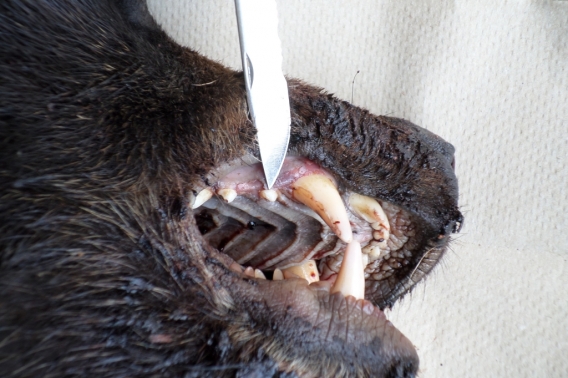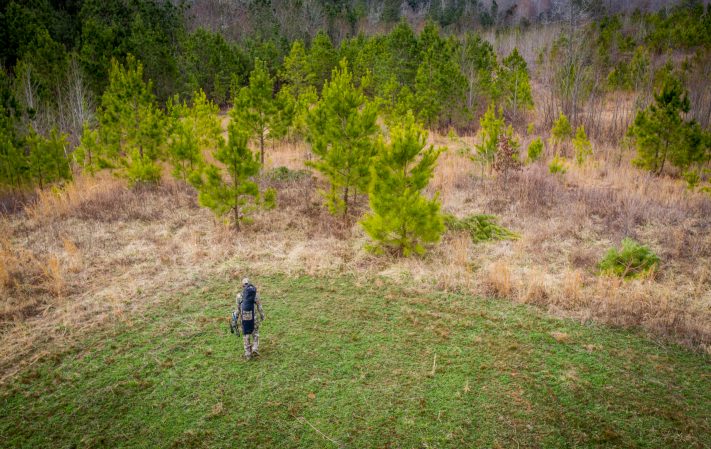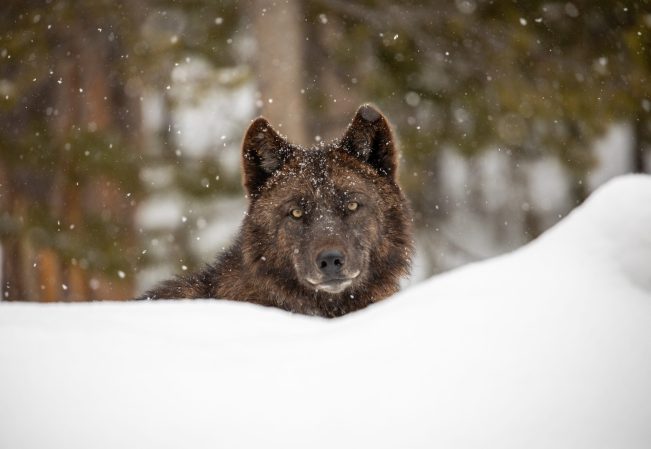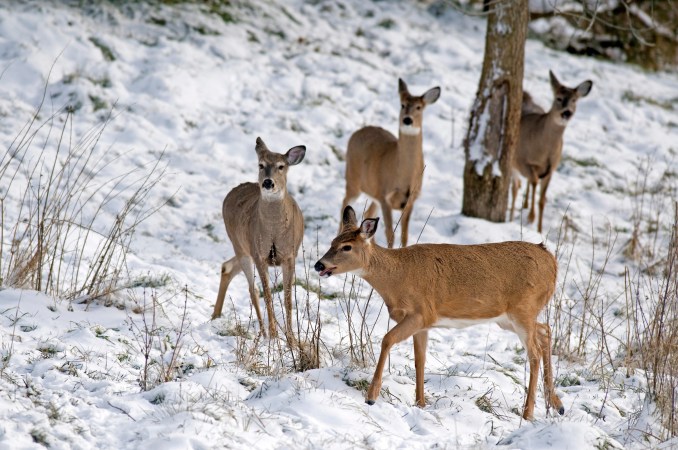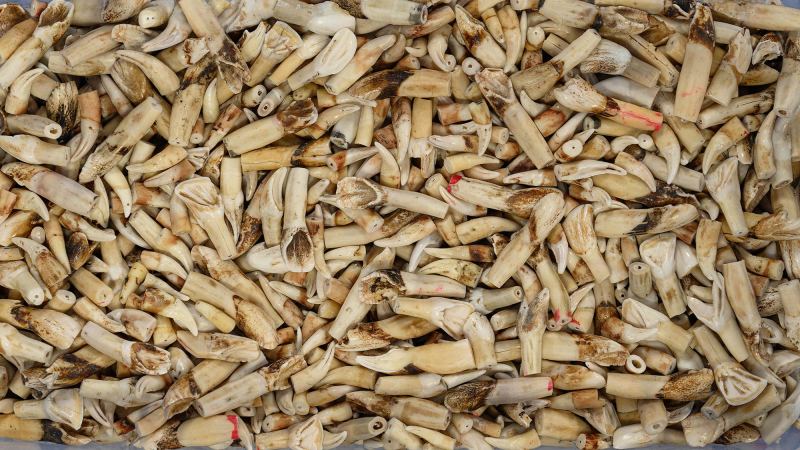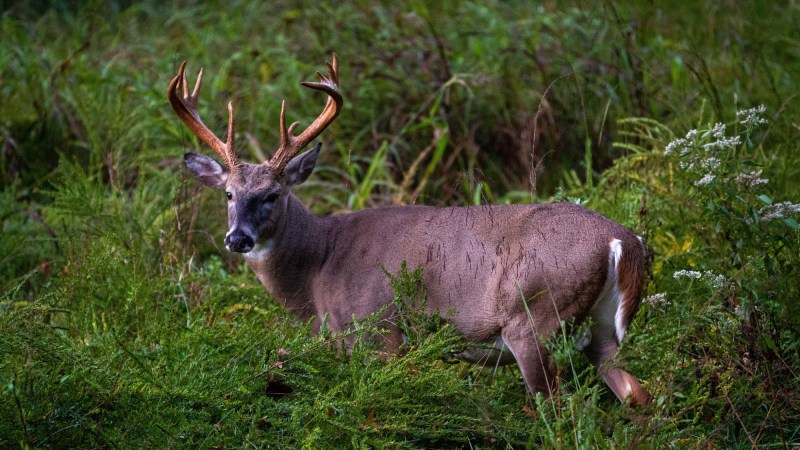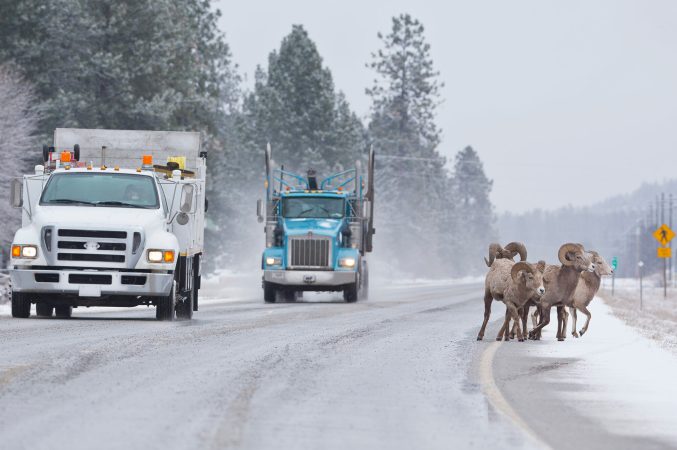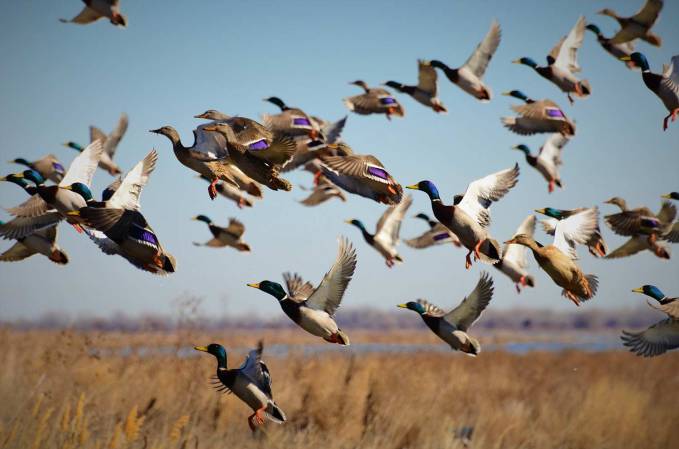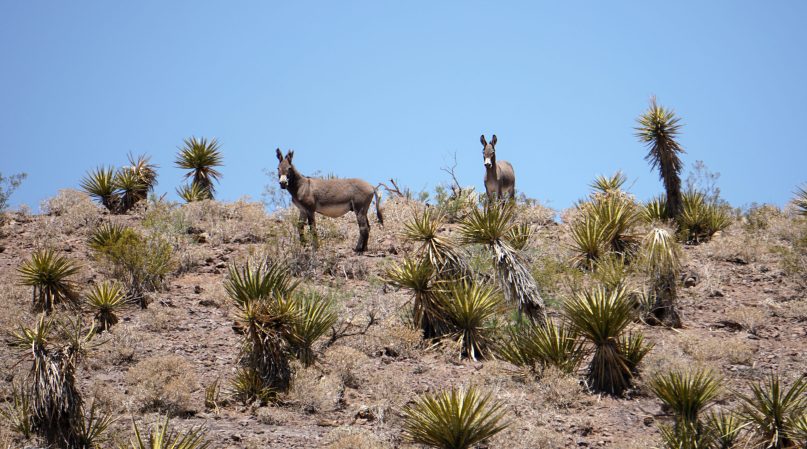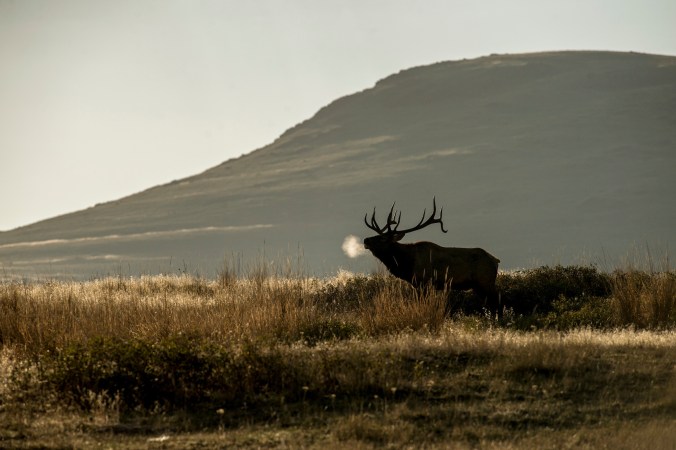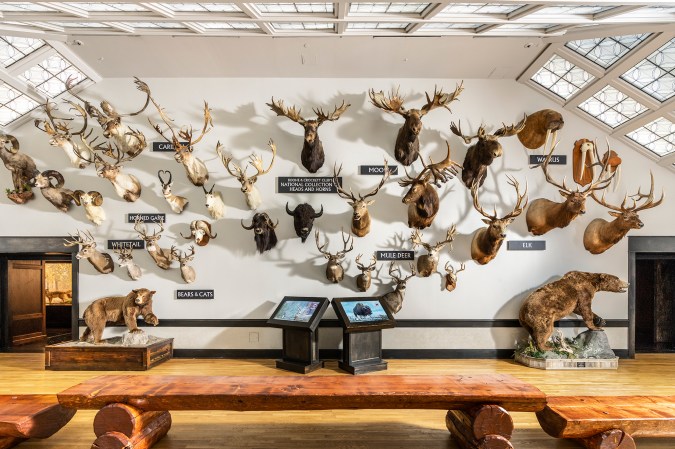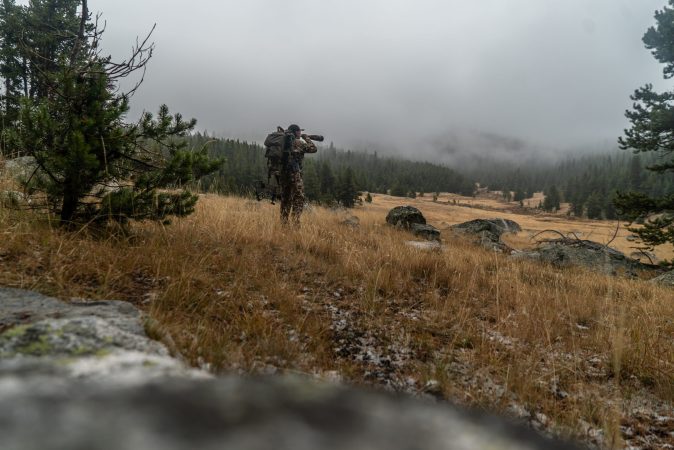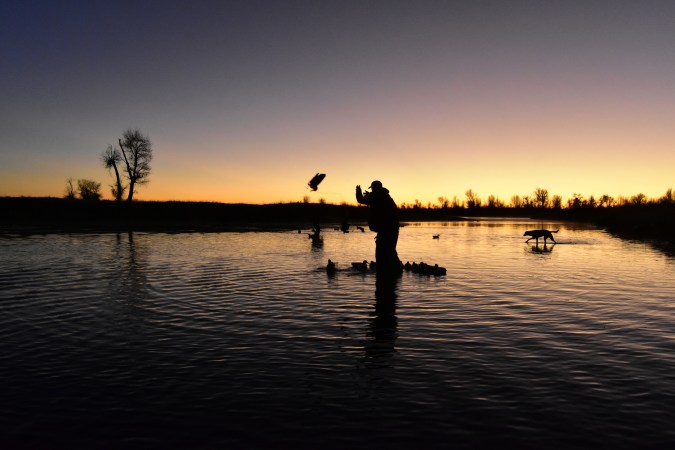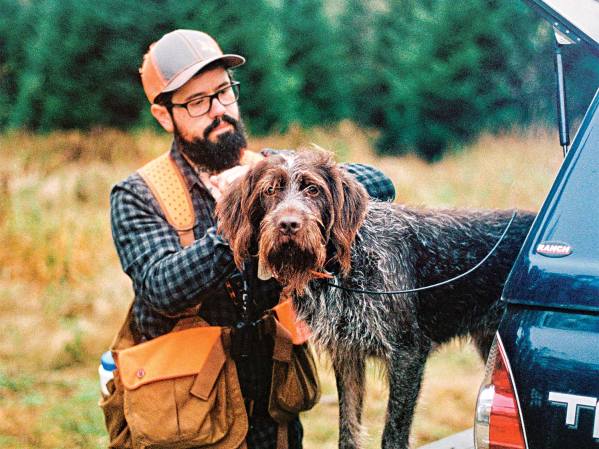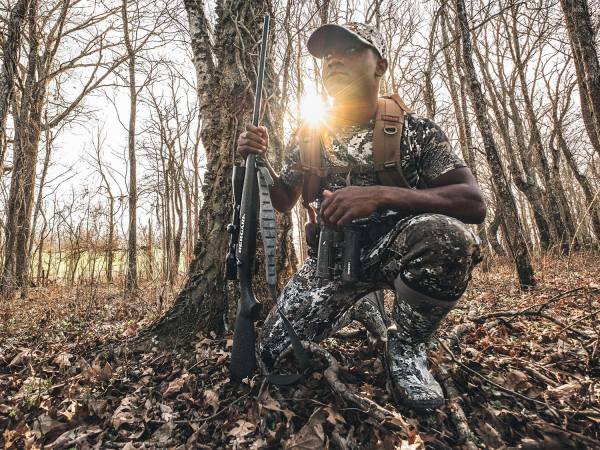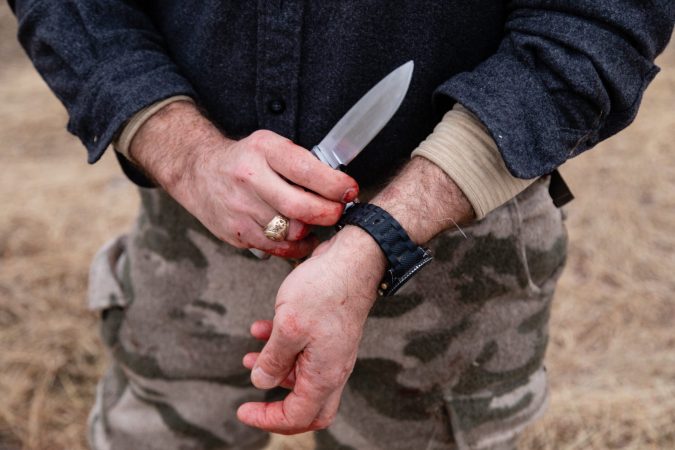Wyoming Game and Fish wildlife researchers are taking a big bite out of the state’s hunter harvest data. With more than 4,000 teeth from big game animals submitted by hunters in the 2020 season, the ongoing research will be used to compile information on population dynamics and decisions about management strategies.
Hunters submit teeth from elk, mule deer, whitetail deer, moose, black bears, mountain lions, and bison. The WFGD biologists then study the teeth via cementum annuli analysis, which is similar to counting the rings in a tree. An annulus, or dark ring, is formed each winter between the cementum formed in spring and summer growth periods.
Read Next: Tag of a Lifetime: Hunting Bighorn Sheep in the Wyoming High-Country
Deer hunters likely are familiar with the cementum annuli method. It is frequently mentioned in discussions about aging by state agencies and organizations. It is similar to aging fish by counting the rings on the otoliths, which come from a fish’s ear. Wyoming Game and Fish biologists use both first incisors for mule deer, whitetail deer, elk, moose, bison, and other ungulates. Other species studied include pronghorns, bobcats, mountain lions, and black bears.
Teeth collected at hunting areas, check stations and via random field checks are sent to the agency’s Forensic and Fish Health Laboratory in Laramie. Some are recovered by Game and Fish officials from animals that died by natural causes or roadkills. Molly Bredehoft coordinates the program for the agency.
”For 2020, we’ve aged 827 pronghorn teeth so far,” Bredehoft said in a press release. “That’s much higher than just a few years ago—in 2018 only six teeth were submitted and analyzed. In 2019 our number of pronghorn teeth increased to over 500 due to a collaborative research project with the University of Wyoming, and this year’s high numbers are due to the continuation of the research.”
Read More: Big Game Hunting
Aging helps the biologists study population trends and age structures. With elk, for example, data from the cementum annuli analysis is best with female elk because there is little to no age bias by hunters. However with bull elk, hunters are more likely to target older bulls with bigger racks. The better data helps with accuracy in population numbers and future management decisions. The oldest hunter-harvested pronghorn was 13.5 years old. The other oldest species: elk, 16.5; whitetail deer, 12.5; mule deer, 12.5; and moose, 11.
Hunters who submitted tooth samples can check the results on the Game and Fish site via registered account. Bredehoft said information on big game is being updated and posted in March along with historical information on black bear, mountain lion and other species.

